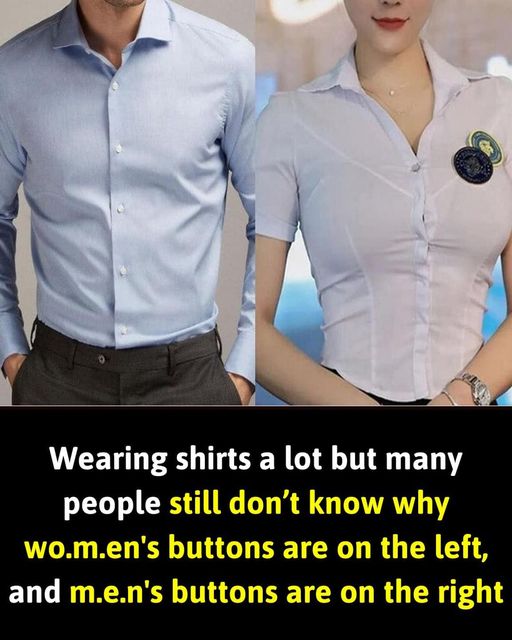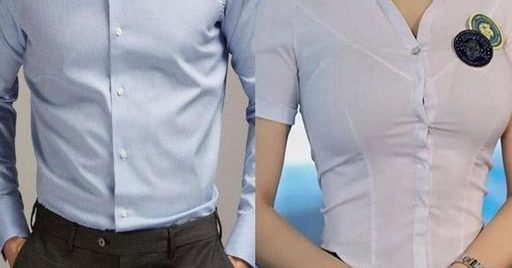
Why do buttons on men’s and women’s clothing always appear on opposing sides?
The placement of buttons on men’s shirts on the right and women’s shirts on the left is a result of centuries-old social and cultural practices. Understanding the causes for this arrangement provides insight into the historical backdrop of fashion and explains why this custom is still practiced today.
When buttons were introduced in the 13th century, they were extremely expensive, and only upper-class women could afford to wear clothing with buttons. The positioning of buttons on the right for men and on the left for women reflected not only design functionality but also societal gender and class distinctions.
The placement of buttons on men’s shirts on the right and women’s shirts on the left is a result of centuries-old social and cultural practices. Understanding the causes for this arrangement provides insight into the historical backdrop of fashion and explains why this custom is still practiced today.
When buttons were introduced in the 13th century, they were extremely expensive, and only upper-class women could afford to wear clothing with buttons. The positioning of buttons on the right for men and on the left for women reflected not only design functionality but also societal gender and class distinctions.
In the 13th century, common women fastened their clothes with fabric ties or wooden clasps, whereas middle and upper-class women frequently wore elaborate outfits fastened with expensive buttons made of gold, silver, pearls, gemstones, and ivory — a trend that laid the groundwork for the future distinction between haute couture and casual fashion.

At the time, wealthy women wore buttoned-up garments, but they did not dress themselves; their servants did. Because most individuals were right-handed, the buttons had to be on the left so that the person standing opposite could easily fasten them. The positioning of buttons on the left for women’s attire was a subtle indicator of the family’s affluence, which was typical of the upper class.
For men, the location of buttons on the right may have originated in the military. Most men are right-handed, therefore having the buttons on the right made it easier for them to reach weapons hidden under their garments. Historically, when males took on hunting responsibilities, the movement of drawing weapons was normally from left to right, hence the attaching of buttons and clasps on clothes was built on the right to accommodate this movement.
Men’s apparel still bears many resemblances to historical military uniforms. Over thousands of years of battle, men developed the practice of fastening and unfastening buttons with their left hands. The tradition of button placement persists and has become a fashion standard, albeit it is not required. This represents stability and a link to the past, as well as a representation of style and aesthetics in contemporary fashion. This is why the buttons on men’s and women’s shirts are always on different sides.
